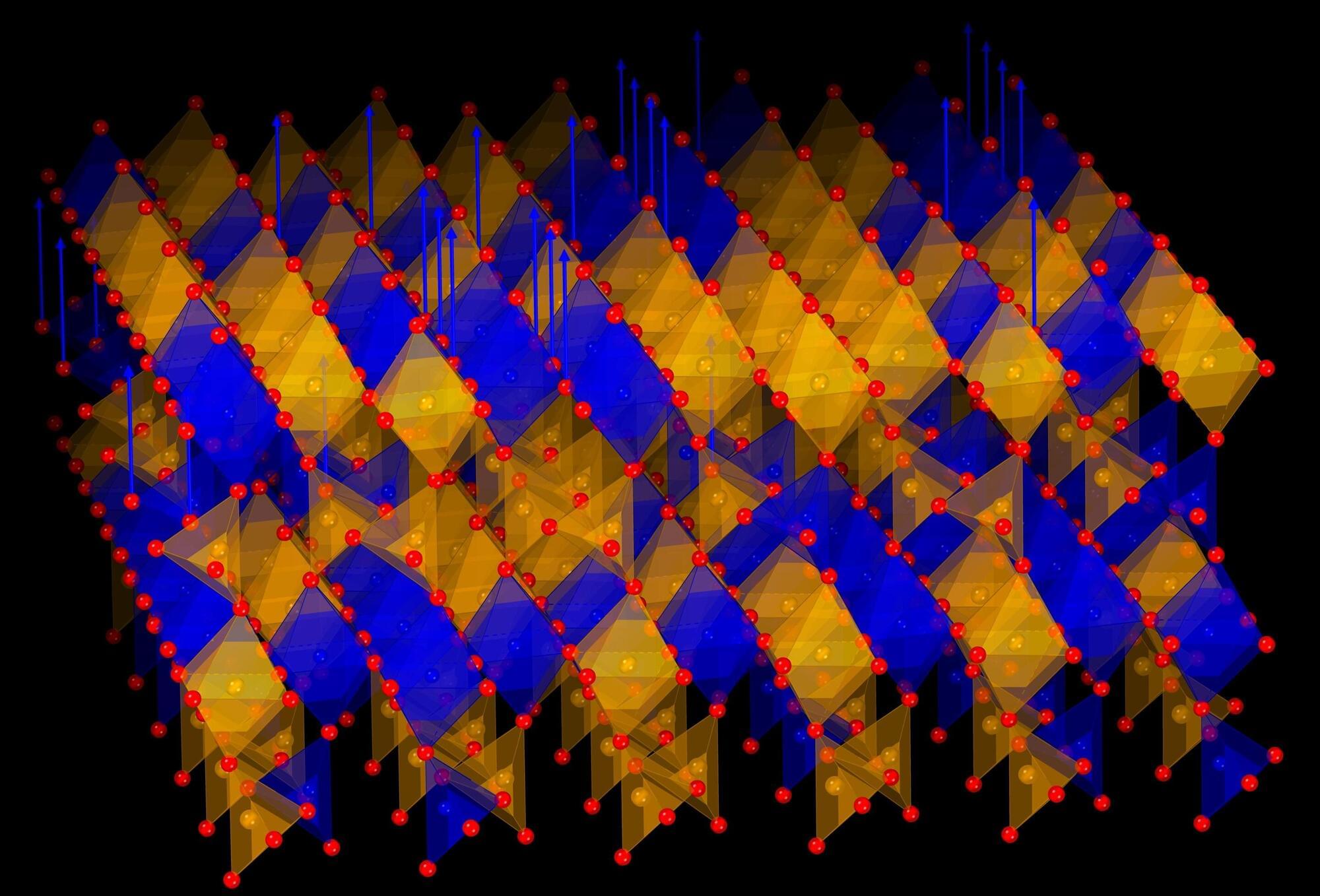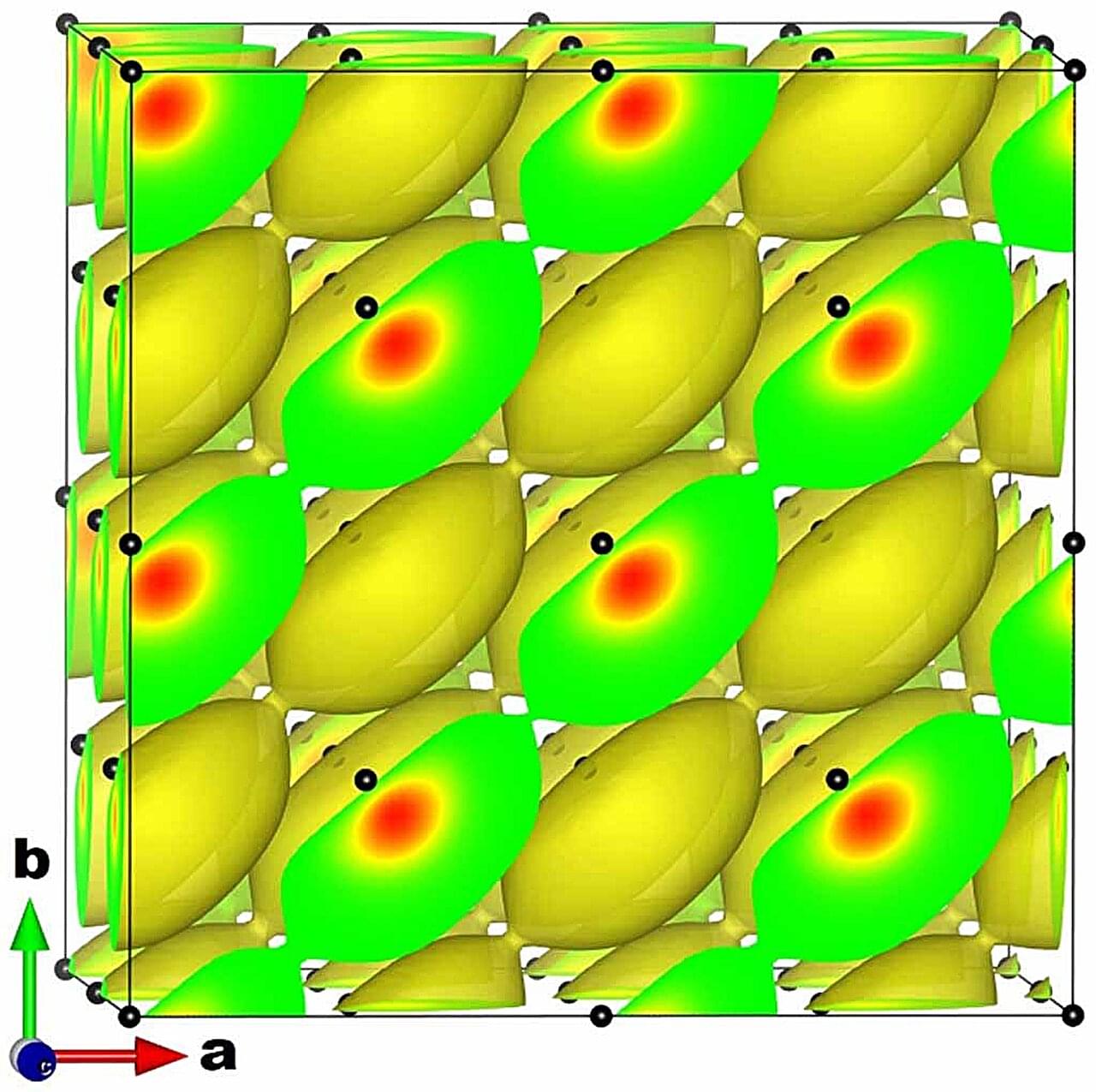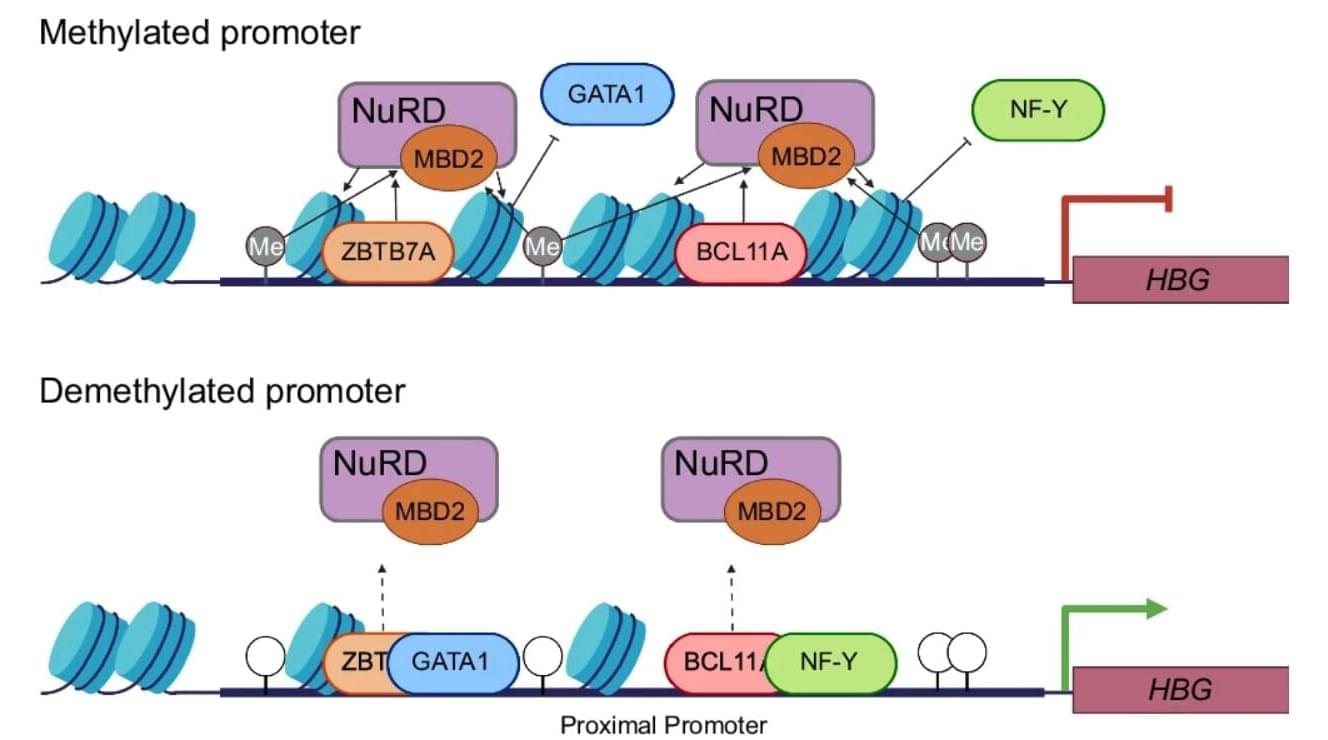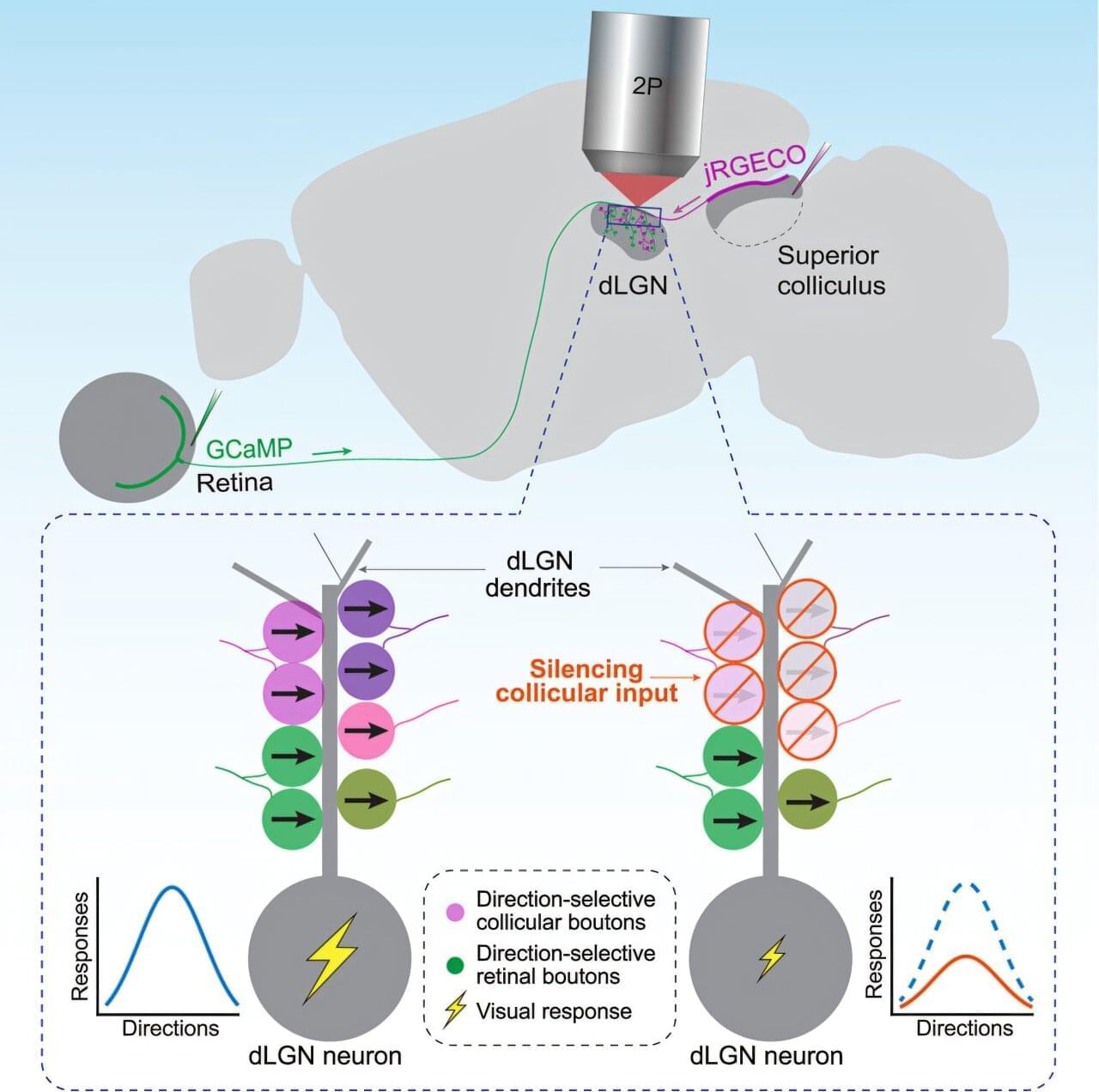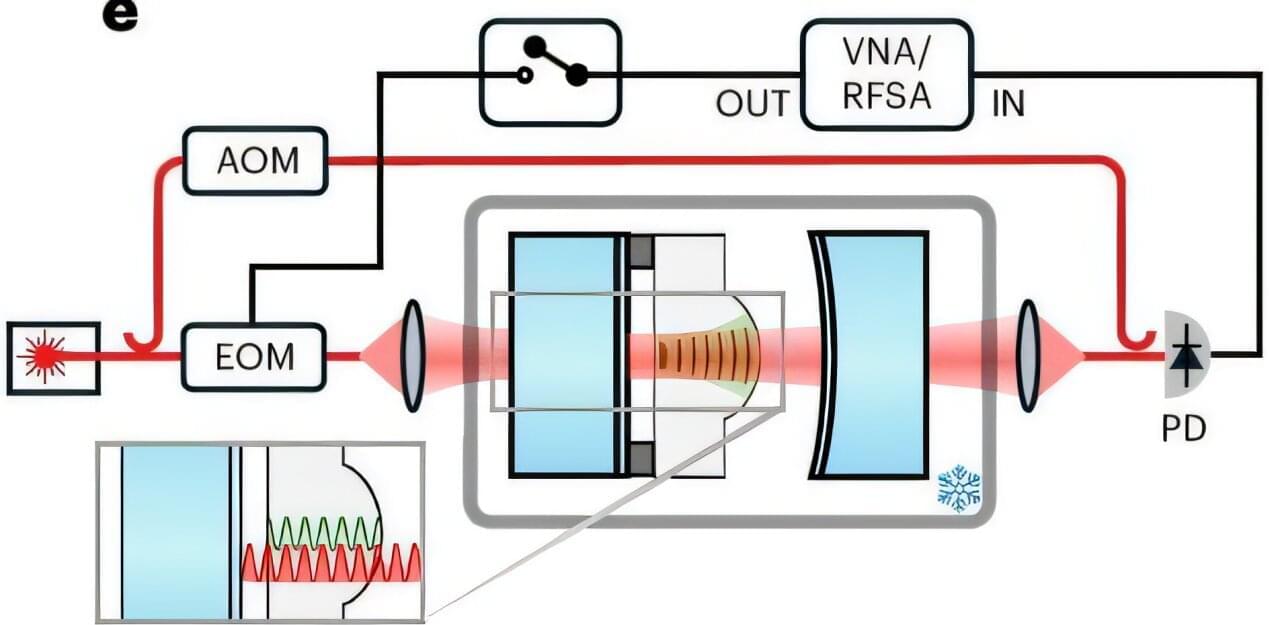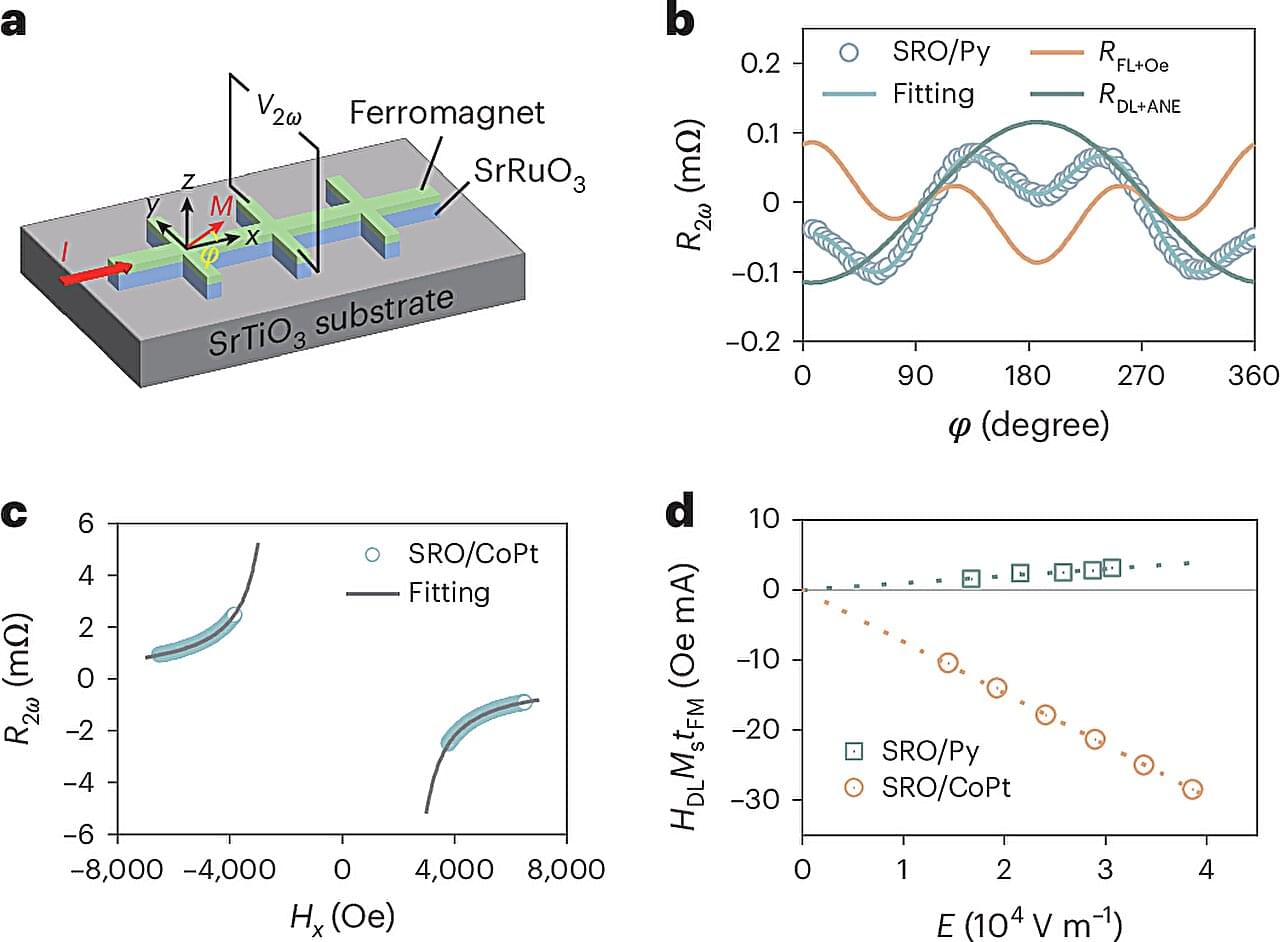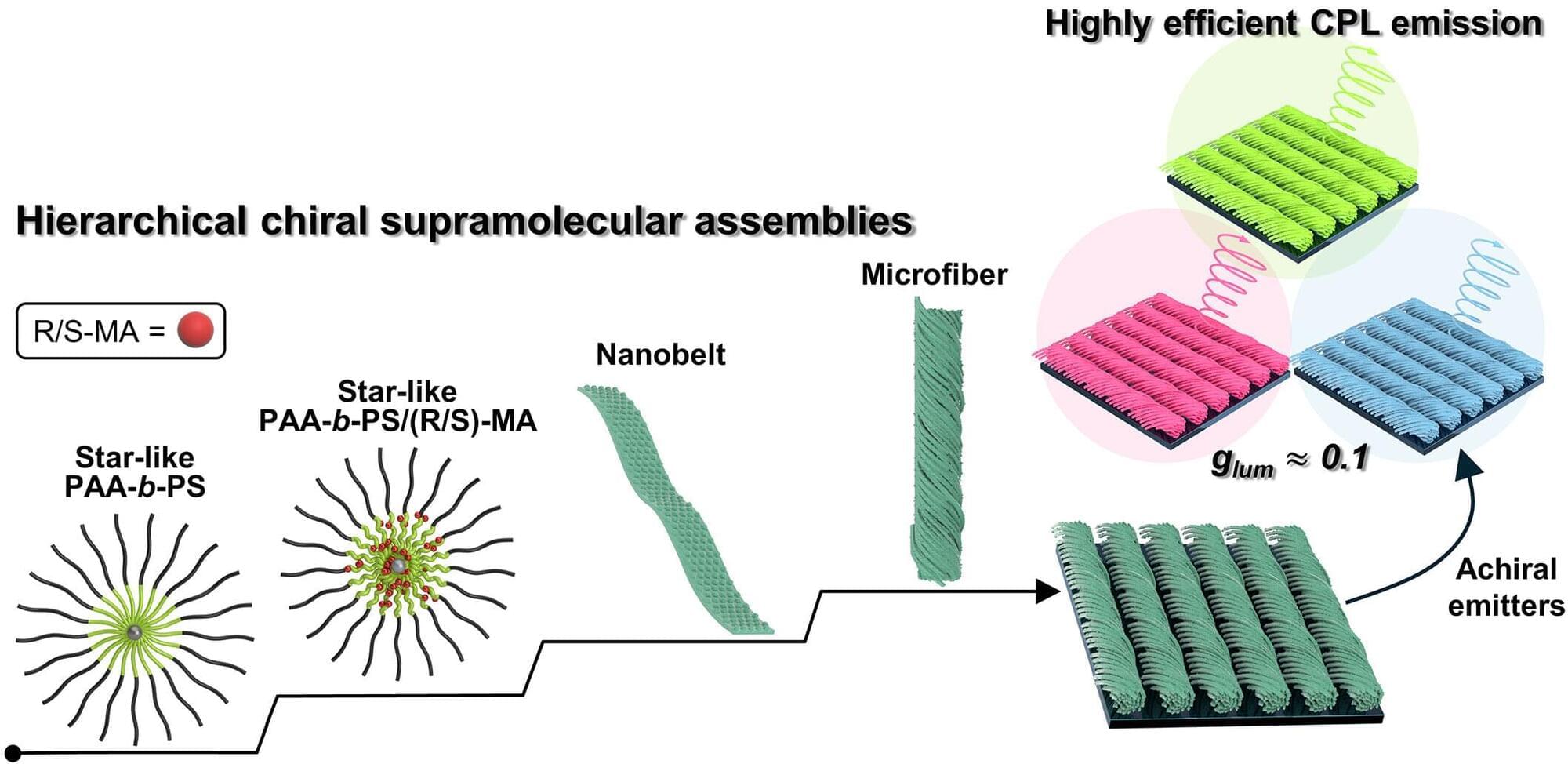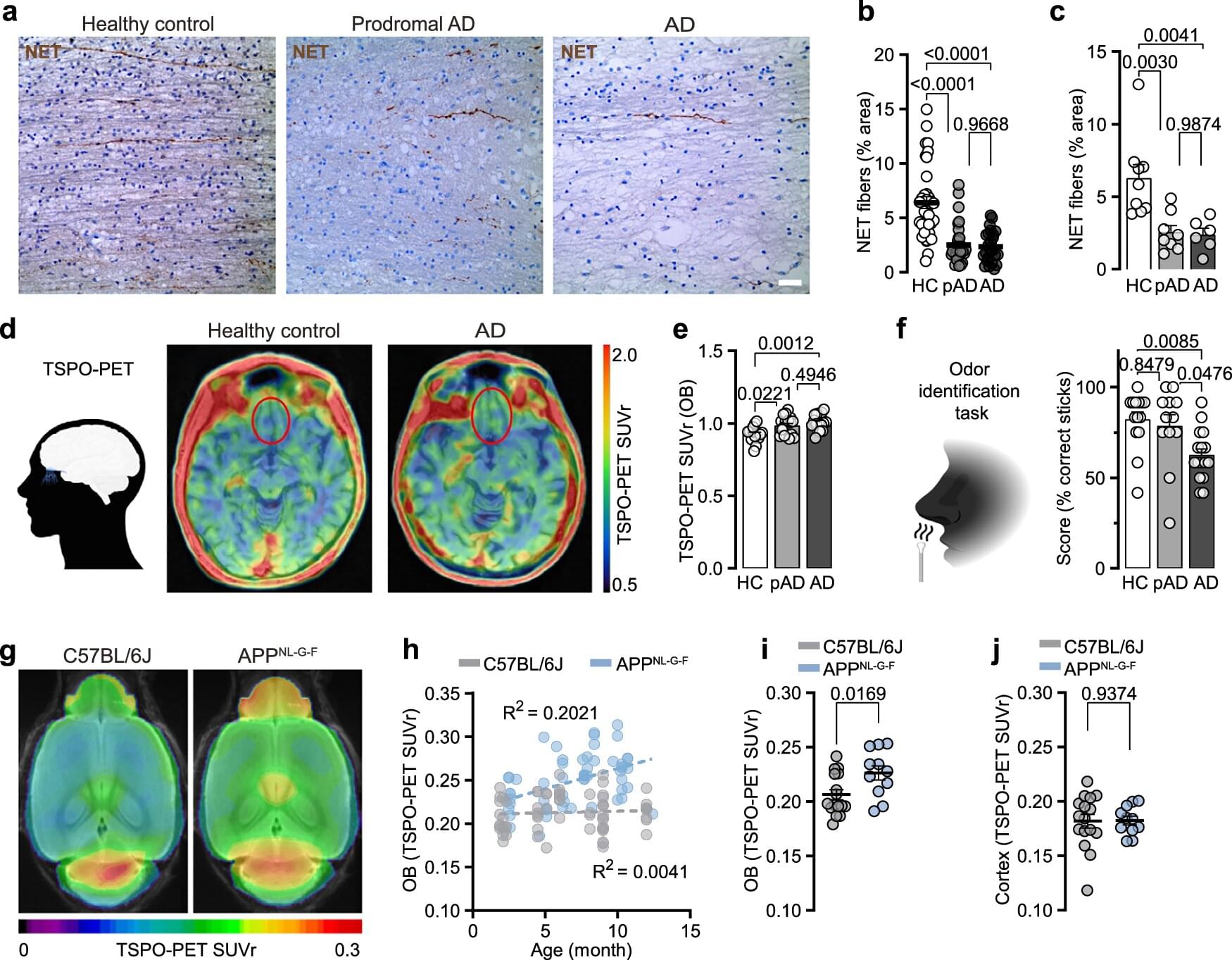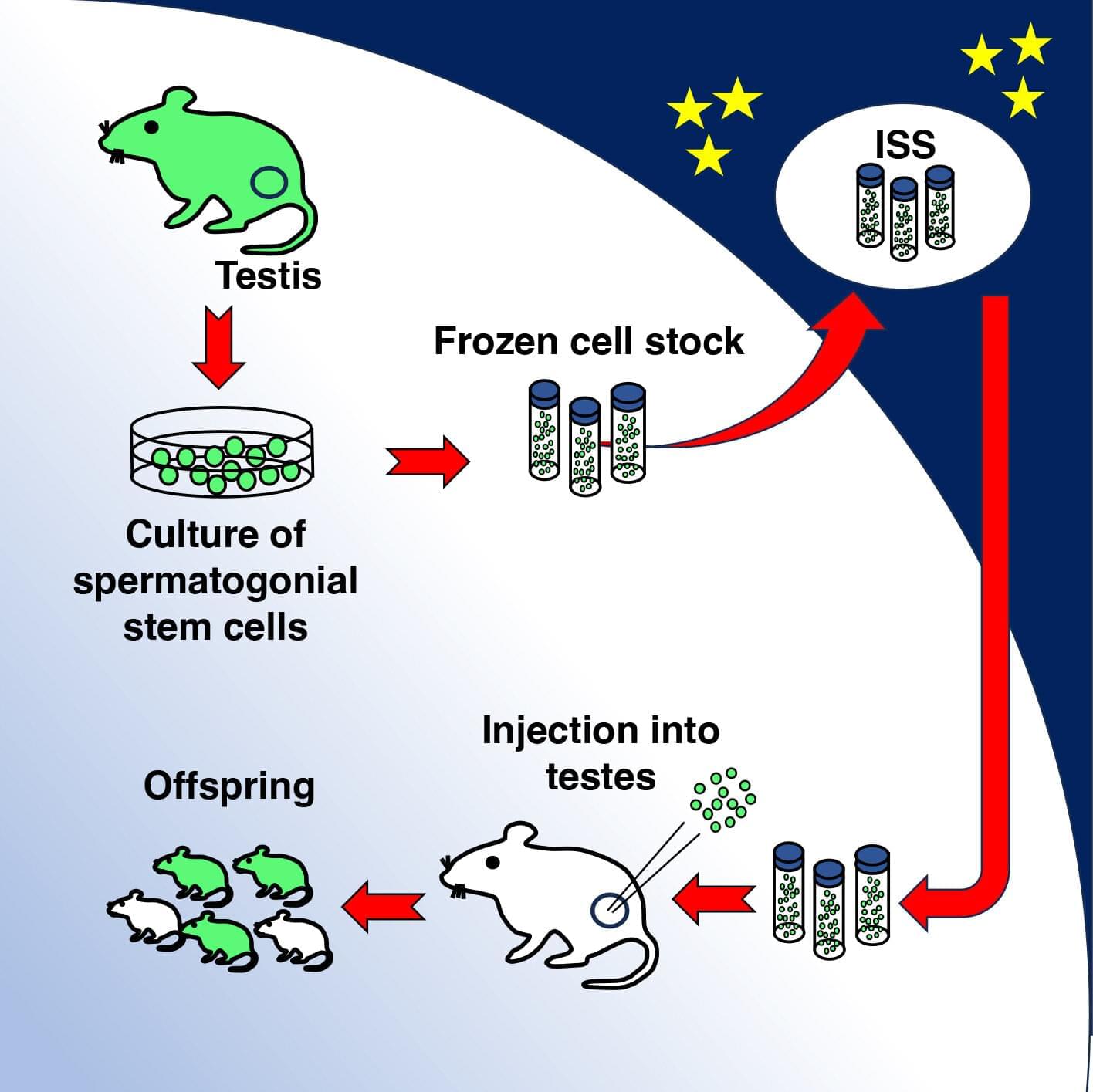To demonstrate practical functionality, the team incorporated various achiral luminescent dyes (red, green, blue) into the co-assembled polymer framework. The dyes were anchored via hydrogen bonding and adopted the chirality of their environment during co-assembly, resulting in CPL in all three colors.
Notably, this full-color CPL capability is rare, with red emission being especially difficult to achieve. In this system, the polymer matrix enabled chirality transfer and also passivated the dye molecules, leading to brighter, longer-lasting light with higher quantum yields compared to the same dyes used alone.
“The ability to produce strong CPL across the visible spectrum broadens the scope for practical applications, particularly in photonic devices that require low optical losses and high signal discrimination,” added Prof Lin.
